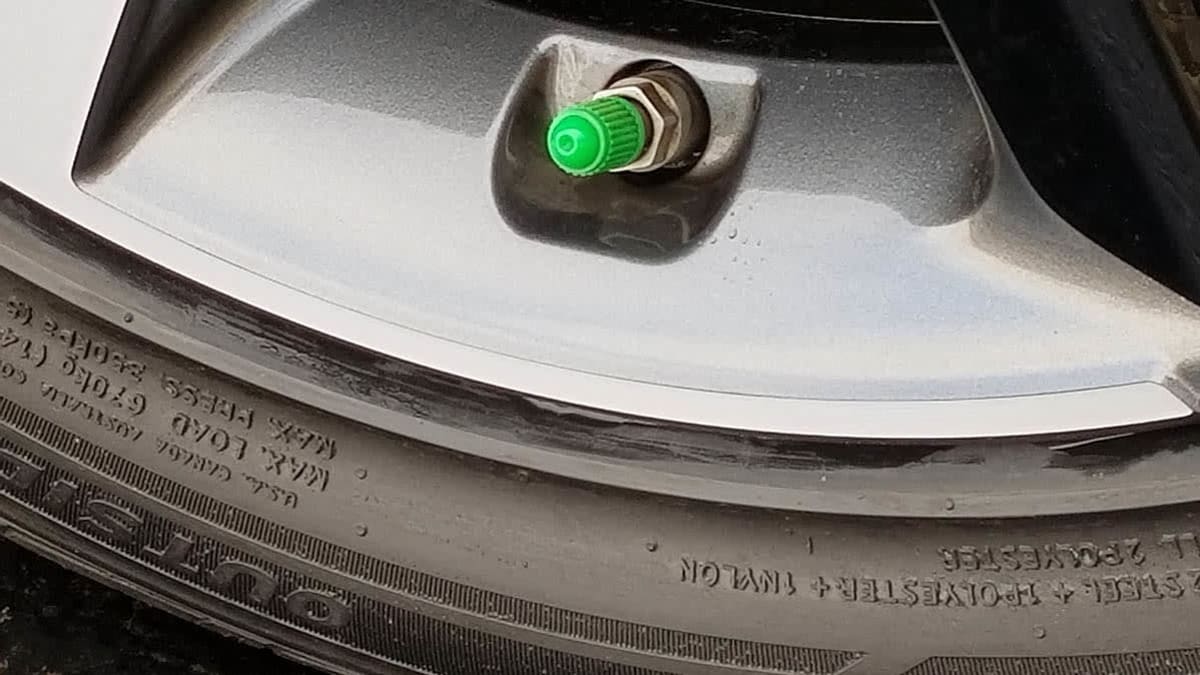Run nitrogen in your tires. I'm willing to bet you see better Wh/Mile.
Well, that came out of the blue, and
makes no sense at all.
But then again...
You know regular air is full of water molecules, which produces heat and oxidation when temperature increases,
Actually, no, and it doesn't, and it doesn't.
The "air" on this planet is a mix of gasses: nitrogen (78%), oxygen (about 21%), and argon (almost 1%). Other molecules are present in the atmosphere as well, but in very small quantities. Water is not a normal ingredient in the mix.
Humidity may be present in any gas, as you inject into your tire, including all mixes and concentrations of nitrogen.
Also, water/humidity do not produce heat, in and of themselves. All gases inside the tire heat up as the tire surface heats up.
Lastly, neither rubber nor wheel surface oxidize. Oxidation has nothing to do with this discussion at all.
while also causing PSI loss, compared to 95% pure nitrogen, right?
There is no "PSI loss".
All gasses expand when they heat up, and contract when they cool.
Nitrogen volume varies less with heat than that of oxygen, but it still does vary. Which, in and of itself, is not really a problem.
What was the question, again?
Oh, does bumping PSI change tire patch (size and shape), rolling resistance and comfort levels. Yes to all of the above!
a






